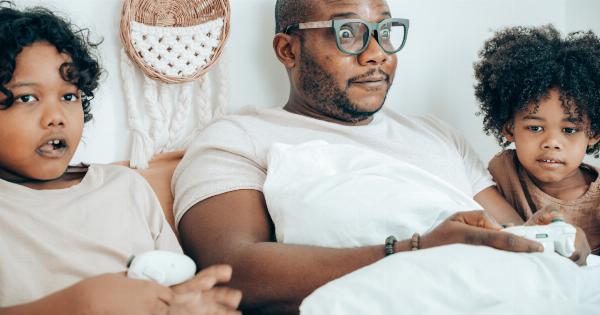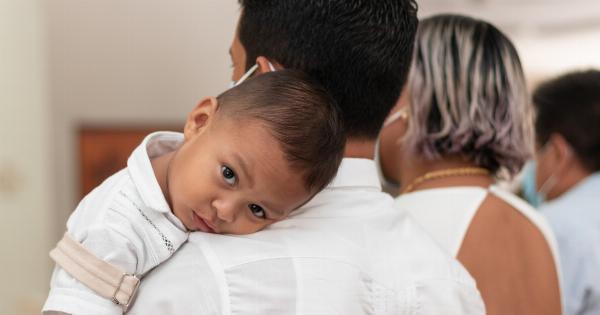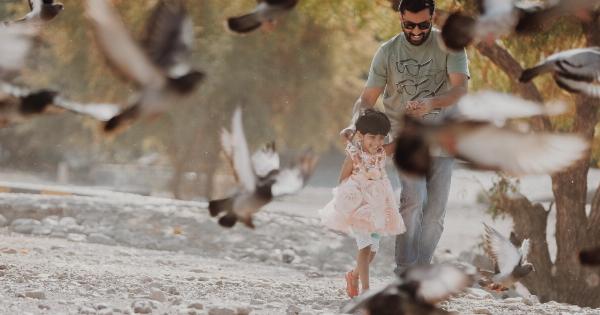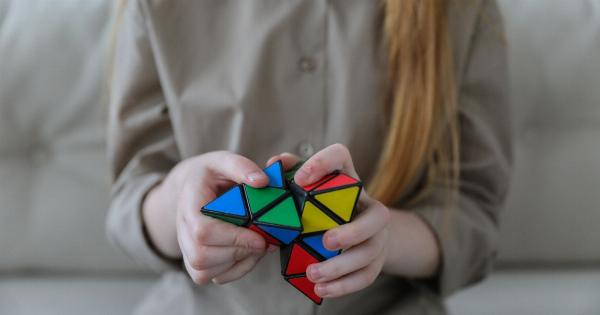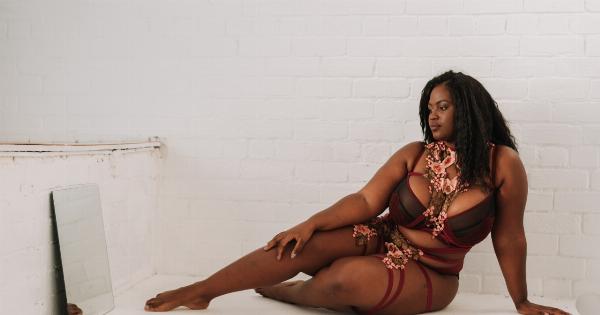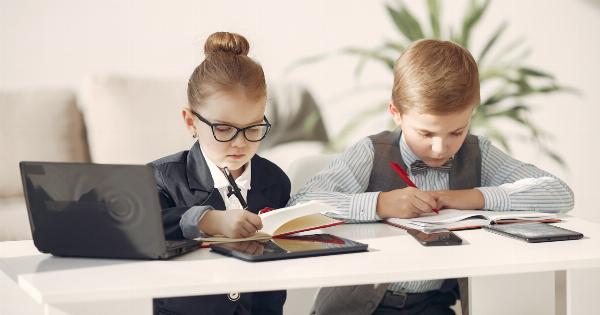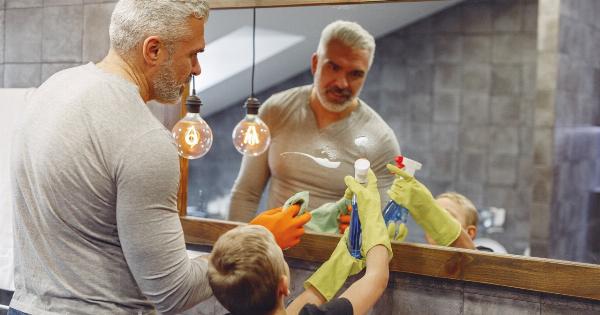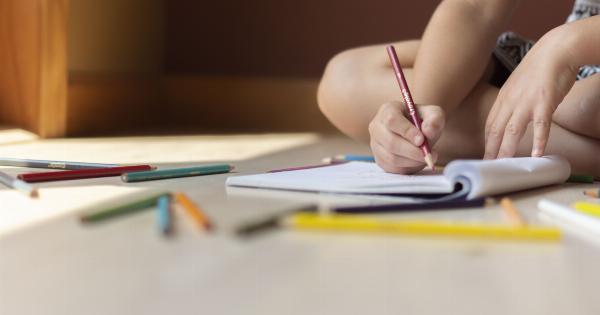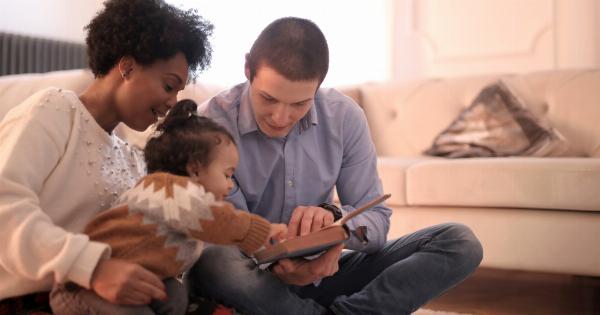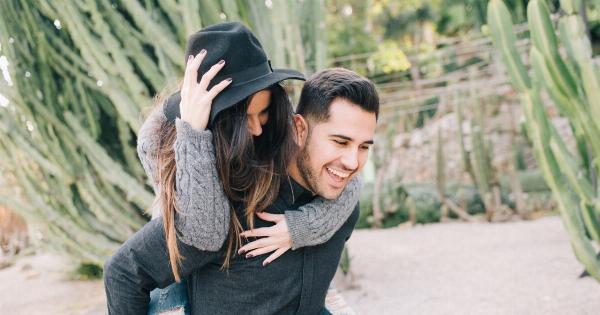Hugging is one of the most potent nonverbal communicators known to human beings. It helps people bond, relax, and convey strong emotions, making it an essential part of any parent-child relationship.
But did you know that your personality can manifest itself through the kind of hugs you give your child?.
Scientists have long found that body language, which includes hugging, can indicate an individual’s personality traits. Therefore, even though hugs are physical in nature, they can have emotional impacts.
In this article, we will look at the different types of parental hugs and what they reveal about your personality.
The Bear Hug
The bear hug is the kind of tight embrace that most parents give their children. It involves wrapping your arms around your child, squeezing them, and lifting them off the ground. It expresses warmth, unconditional love, and protectiveness.
A parent who frequently gives bear hugs is warm, soft-hearted, and affectionate. They tend to be natural caregivers who find joy in nurturing their loved ones, especially their children.
It is easy for them to empathize with people and lift their spirits when they are down. They may, however, need to be careful not to suffocate their children with too much love and attention.
The Side Hug
The side hug involves putting your arm around your child’s shoulder and pulling them close to you. It is a more reserved hug than the bear hug, but it still conveys genuine affection.
This type of hug is more common among parents of tweens and teens who may not want to be seen hugging their parents too much.
A parent who frequently gives side hugs is gentle, considerate, and laid-back. They are sensitive to their child’s needs, respect their space, and don’t wish to impose upon them.
They are likely to be supportive of their child’s independence, and will encourage them to explore and make mistakes.
The Pat-Back Hug
The pat-back hug is a brief and warm embrace that involves tapping your child’s back once or twice while holding them. It is often given to comfort a child or to signal approval or affirmation.
A parent who frequently gives pat-back hugs is sensitive, perceptive, and reassuring. They can read their child’s emotional state quickly, know when they need support, and will comfort them without being intrusive or overbearing.
They will often lend a listening ear, giving tender reassurances to their child.
The Snuggle Hug
The snuggle hug, also known as a spooning hug, involves lying down beside your child, touching them, and holding them closely. It is an intimate hug and is often given to little children. It shows protection, security, and nurturance.
A parent who frequently gives snuggle hugs is sensitive, attentive, and empathetic. They are continually looking for new ways to connect and bond with their child, and they cherish every moment they spend with them.
They can provide a secure and safe environment that allows their child to discover the world around them confidently.
The Pick-Me-Up Hug
The pick-me-up hug involves picking your child up, throwing them in the air, and catching them. It is a playful and exciting hug, often given to younger children. It shows joy, excitement, and a sense of fun.
A parent who frequently gives pick-me-up hugs is energetic, playful, and adventurous. They have a young spirit and love to explore new things with their child.
They have a clear ability to inject fun, laughter, and joy into their child’s life, and their child feels free and happy when around them.
The Lean-On Hug
The lean-on hug involves allowing your child to lean on you, with you providing support for them. It is often given when a child is sad, tired, or overwhelmed. It shows dependability, reliability, and support.
A parent who frequently gives lean-on hugs is reliable, dependable, and supportive. They are always there for their child, providing support through thick and thin.
They have a calming and soothing presence about them and often give their child the security they need to face the challenges that life can throw at them.
The Conclusion
Parents use hugs to connect with their children on an emotional and physical level. However, the kind of hugs you give your child often reveals different facets of your personality.
The Bear Hug parent is warm, affectionate, and nurturing, while the Side Hug parent is gentle, considerate, and laid-back. Pat-Back Hug parent is reassuring, and Snuggle Hug parent is sensitive, attentive, and empathetic. Pick-Me-Up Hug parent is playful, adventurous, and energetic. And finally, the Lean-On Hug parent is dependable, reliable, and supportive.
As a parent, the key takeaway from this article is that your personality can manifest itself in the kind of hugs you give your child.
Understanding the impact of your physical affection can help you understand how you can be a better parent and improve your child’s emotional well-being.









